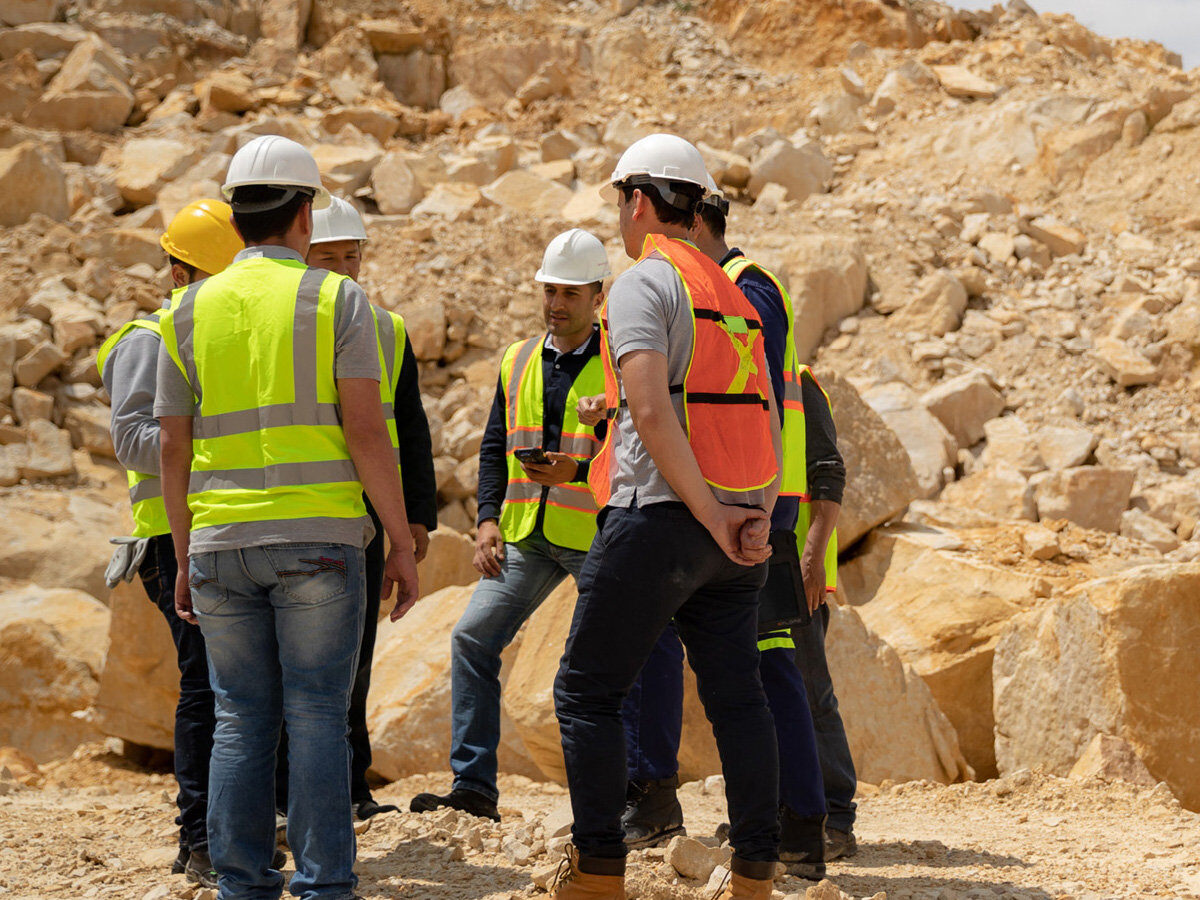Building regulations are an inescapable part of any construction project. It doesn’t matter if you are self-building, renovating, extending, or heading up a huge construction project; sizeable regulation documents will impact every step of your process.
These government-implemented set of standards ensure that a property is completed to a high standard, safe to live in, and increasingly, energy-efficient and reducing its contribution to carbon emissions. And they do the job very effectively in ensuring best practice.
The current building regulations in the UK include:
Part A – Structure
Part A covers structural safety for all buildings. These regulations set out design details to ensure buildings are safe for use, as well as measures to take in minimising damage in the event of collapse, or from wind load.
Part B - Fire Safety
Part B is split into two separate documents, one covering residential properties and the other covering non-residential properties (offices and shops for example). Both versions of the document include information about compliant materials, as well information about ensuring safety of occupants and firefighters in the case of a fire.
Part C – Contamination and Damp
These documents contain information about preparing a site before construction to avoid damage from water and hazardous substances. The regulations detail how to protect a building from water and moisture damage, from site preparation to construction.
Part D – Toxicity
Part D documents cover protecting occupants of a building from harmful materials, including those used in the construction process. Regulations are designed to protect building from allowing potentially harmful fumes from entering a building.
Part E – Sound
Part E details guidance on protection from noise; covering soundproof material regulations and the materials recommended to meet proper acoustic conditions.
Part F – Ventilation
Part F documentation specifies that all buildings should have adequate ventilation, covering air quality, air conditioning, and the prevention of condensation in all types of dwelling.
Part G – Hygiene
Part G largely covers regulations around water supply, water efficiency/usage and waste water pipes. It also includes details on how to meet building regulations for water pipes in floors, walls, and supply pipes.
Part H – Drainage
Documents in Part H cover drainage and waste disposal; with in-depth information on drainage, surface water and waste in both residential and non-residential buildings. Part H includes technical guidance for workmanship and materials, as well discussing building around existing sewers.
Part J – Fuel
Documents in Part J cover the safe installation, maintenance and storage of fuel for buildings. It covers boiler flue regulations, ventilation, carbon monoxide detection and safe ways to store fuels.
Part K – On-site safety
Part K covers the legal requirement to offer protection from falling, collision and impact in relation to glazing, access, and staircases. Documentation includes detailed information on safety measures to be followed when working with staircases, ramps, and ladders. Part K also covers guidance for avoiding user injury when planning the positioning of doors and windows.
Part L – Conservation of Fuel and Power
Part L continues to adapt and change to reflect the constant development of better energy efficiency in construction. It is revised every 4/5 years.
Part M – Access
Part M documents cover requirements for building properties that are easily accessed, including ramps, stairs and doors.
Part N – Glazing
Documents in Part N covers regulations around glass and glazing; including requirements for impact resistance and prevention of accidents involving glass.
Part O – Overheating
Regulations in Part O documents relate to designing properties that protect users from becoming overheated. Details include limiting ‘solar gain’, and considerations for proper ventilation and measures to remove excess heat from indoor areas.
Part P – Electrics
Documents in Part P relate to electrical safety in buildings to prevent injury or fire. Regulations specify that electrical work must have low voltage protection installed as well as measures to prevent shock or fire.
Part S – Infrastructure for Charging Electric Vehicles
Documents in Part S provide detailed advice on ensuring a project complies with regulations by installing appropriate charging points for electric vehicles. From June 2022, most new building projects (and major renovations) are required to have electric charging points.
Changes to UK building regulations
Regulations aren’t set in stone and are frequently revised to reflect societal and economical changes. Since June 2022, there have been several updates made to building regulations, with the most significant being Part L, covering the conservation of fuel and power. Amendments have also been added to Part F on the building regulations, covering maintenance of ventilation and ensuring proper air quality within a building. An entirely new document was added in 2021 (and updated in 2022) under Part O, setting the standard for managing overheating in buildings.
All updates and amendments to building regulations are documented on the government's website.
Planning permission
Compliance with all parts of the building regulation documents is closely linked to the progress of a construction project. Securing planning permission will usually require information on how different aspects of the build will adhere to all parts of the regulations. Given the complexity of all parts in the building regulations, interpretation issues and cost implications can both contribute to delays in obtaining planning permission.
You’ll need planning permission when launching a new building project, conducting major renovations, or changing a building’s use. If you carry out building work without securing the correct planning permission, you could be ordered to undo any work you’ve done. Read more about planning permission in England and Wales: https://www.gov.uk/planning-permission-england-wales
Building regulations approval
To apply for approval or to check regulations, the first port of contact is a building control body (BCB) (there are different rules in Scotland and Northern Ireland, so it’s worth checking on the government’s building regulations website to ensure you follow the appropriate pathway. Approval is needed for a number of projects including (but not limited to):
- Replacing fuse boxes and connected electrics
- Installing a bathroom that will involve plumbing
- Changing electrics near a bath or shower
- Installing in a fixed air-conditioning system
- Replacing windows and doors
- Replacing roof coverings on pitched and flat roofs
- Installing or replacing a heating system
- Adding extra radiators
What are the costs of non-compliance?
Non-compliance with building regulations can lead to several consequences, including:
- Fines and penalties: Authorities can hit businesses with large fines if they fail to comply with the regulations.
- Legal action: Non-compliance can result in legal action, including prosecution.
- Remedial works: Builders and developers may be required to carry out costly re-work to address non-compliance.
- Insurance: Insurance claims may be invalidated if non-compliance is found to be a contributing factor to damage or loss.
- Reputation damage: Non-compliance can significantly damage a company's reputation, leading to a loss of business and trust.
How can construction management software help housebuilders and main contractors to remain compliant?
Construction management software is a valuable tool for ensuring compliance with building regulations. Here’s how it can help:
- Documentation and record-keeping: Software solutions provide a central data environment (CDE) for storing and managing all necessary documentation, ensuring easy access for inspections and audits.
- Real-time monitoring: Construction management software gives site managers the ability to monitor project progress in real-time, helping to identify and address compliance issues promptly.
- Communication and collaboration: Enhanced communication tools within the software facilitate better coordination between different teams, ensuring that everyone is aware of compliance requirements and updates.
Stay compliant with Fonn
Geotagging photographs and Part L reports are managed easily within Fonn’s platform. Everyone involved in the project has access to the same information, ensuring the whole team is aligned and aware of changes and updates as they happen.







